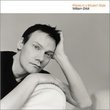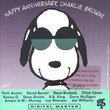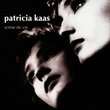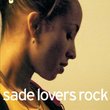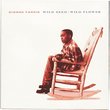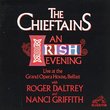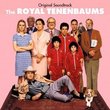| All Artists: Brodsky Quartet, Bjork, Elvis Costello Title: Best of Brodsky Quartet Members Wishing: 0 Total Copies: 0 Label: Elektra / Wea Release Date: 1/18/2000 Genres: Pop, Classical Styles: Chamber Music, Historical Periods, Classical (c.1770-1830) Number of Discs: 1 SwapaCD Credits: 1 UPC: 639842840422 |
Search - Brodsky Quartet, Bjork, Elvis Costello :: Best of Brodsky Quartet
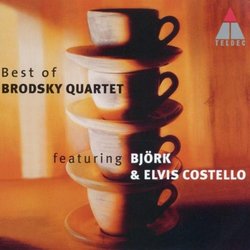 | Brodsky Quartet, Bjork, Elvis Costello Best of Brodsky Quartet Genres: Pop, Classical
The Brodsky Quartet are less known for their chamber music exploits than for their one collaboration with Elvis Costello, The Juliet Letters. But their varied repertoire--everything from George Crumb to Debussy (along wi... more » |
Larger Image |
CD DetailsSynopsis
Amazon.com The Brodsky Quartet are less known for their chamber music exploits than for their one collaboration with Elvis Costello, The Juliet Letters. But their varied repertoire--everything from George Crumb to Debussy (along with the odd Björk collaboration)--seems inspired by that other hip string quartet, Kronos. Judging from this set, the best part of the Brodsky Quartet is that they make extremely pretty music--whether it's Prokofiev or Gershwin. They obviously love these varied works, and their sound isn't big, but it is sweet. No, you won't find their version of Black Angels here, nor their take on Shostakovich's gripping String Quartets, but you will find the fun stuff: Brubeck's "It's a Raggy Waltz," Debussy's "Golliwogg's Cake-Walk," and Falla's "Danza Español." Two tracks with Costello are highlights--"I Almost Had a Weakness" and "Jackson, Monk and Rowe"--and Björk's "Hyperballad" is simple, but weird. --Jason Verlinde Similarly Requested CDs
|
CD ReviewsPlays well together Steven Strauss | Oakland, CA USA | 04/04/2000 (5 out of 5 stars) "Two aspects of the Brodsky Quartet's art lifts it above all its rivals on the world stage. These four instrumentalists have been playing together constantly since early childhood, allowing a level of ensemble unity transcendant in expressive effect. As if this were not enough, it is uniquely gifted in its rhythmic impulse. Few string quartets inspire the invocation of such words as "groove" and "swing," but such language is natural and unavoidable when trying to describe the natural pulse and flow of the Brodsky sound. A ballroom of five hundred could be moved effortlessly around the floor by just the sounds from these four members of the violin family. Where other quartets may make a more dashing impression of romantic passion, the Brodsky Quartet is far and away the best kisser.
The part-writing heard in this collection is unique to this quartet. Violin I Michael Thomas has written most of the arrangements, giving evidence of an understanding of the string quartet unavailable to most composers, aided by his intimate knowledge of the individual players involved. On this point one must note that they seem happier to be together, less in conflict, than any quartet on record, with tremendous benefits in the long term. They have many decades yet to live, and the prospect of what lies ahead of them affords this listener compelling reason to live long enough to hear it. Not long after writing this review I heard that the quartet broke up. What do I know? Don't answer that." |

 Track Listings (21) - Disc #1
Track Listings (21) - Disc #1